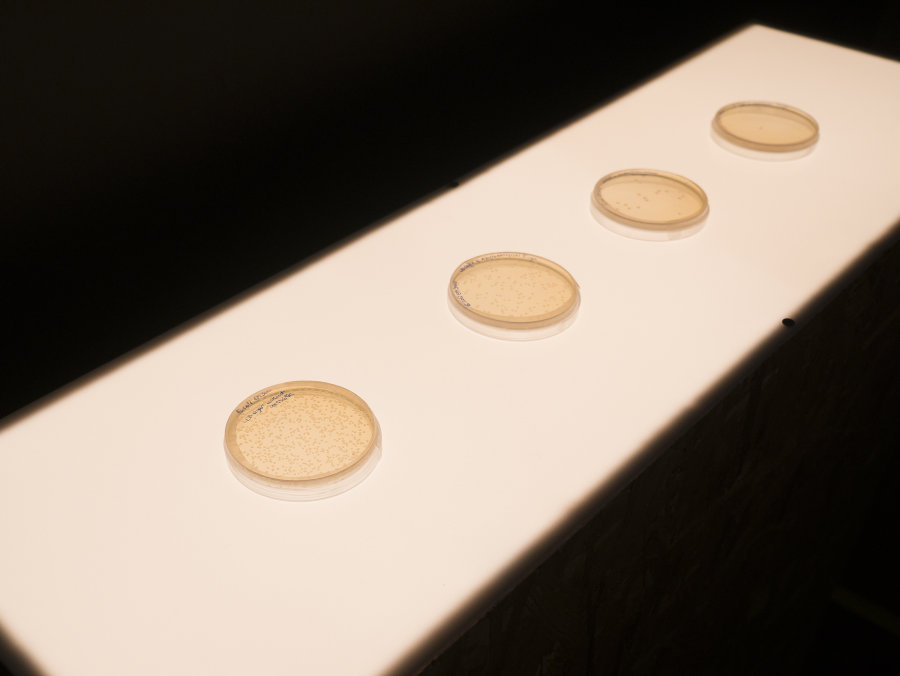Week 6 Bio Art + Art
Throughout the lectures and materials from this week's topic on biotechnology and art, I gained a better understand of how artists are able to create new pieces of art in laboratories. Art is constantly expanding into different forms as our imaginations grow. In the medical field, artists work hand in hand with biologists, nanotechnologists, geneticists, and neuroscientists to develop images of cellular tissue.
In "Defining Life: Artists Challenge Conventional Classification," Ellen K. Levy explains how artists are challenging accepted classifications of life (Levy 2). Through new advancements in technology and art, in addition to new scientific developments, Levy argues how artistic perspectives and the insight of science help us gain a better understanding of the nature of life, As our realities change, we have to change as well, even though BioArt is a very controversial topic. Regardless, it provides us an opportunity to view evolution taking place right in front of our eyes (Evolution on a Plate). When it comes to the ethical concerns of artists tinkering with the genetic structures of natural systems (Vesna 1:34), we need to place our focus on the advancements that we have made in this field.
Resources
“Evolution on a Plate.” Marta de Menezes, 2021, martademenezes.com/art/evolution/evolution-on-a-plate/.
“Joe Davis .” Alchetron, 9 Aug. 2022, https://alchetron.com/cdn/joe-davis-artist-7c7c0778-e9e2-45b6-a38d-972f1643a47-resize-750.jpeg. Accessed 11 May 2023.
Lasagni , Dario. “Symbionts: Contemporary Artists and the Biosphere, a Major Exhibition Representing a New Generation of Practitioners within BioArt at MIT List Visual Arts Center.” Stirworld , https://www.stirworld.com/images/article_gallery/symbionts-contemporary-artists-and-the-biosphere-a-group-exhibition-representing-a-new-generation-of-practitioners-within-bioart-at-mit-list-visual-arts-center-symbionts-contemporary-artists-and-230127033558.jpg. Accessed 11 May 2023.
Levy, Ellen K. “Defining Life:” Context Providers, 2014, pp. 275–298, https://doi.org/10.2307/j.ctv36xvqqx.16.
Marta DeMenezes, 2021, https://martademenezes.com/wp-content/uploads/2021/09/tn_large_1520530240-p1160063.jpg. Accessed 11 May 2023.
Stalin, Sam. “Scientist? Artist. Pirate! Who Is Joe Davis?” YouTube, 10 Sept. 2015, www.youtube.com/watch?v=7GkZt00Qics.
Vesna, Victoria. “5 Bioart Pt1 1280x720.” YouTube, 18 Sept. 2013, www.youtube.com/watch?v=PaThVnA1kyg.
Vesna, Victoria. “5 Bioart PT2.” YouTube, 17 May 2012, www.youtube.com/watch?v=MdSt-Hjyi2I&list=PL9DBF43664EAC8BC7.



Comments
Post a Comment